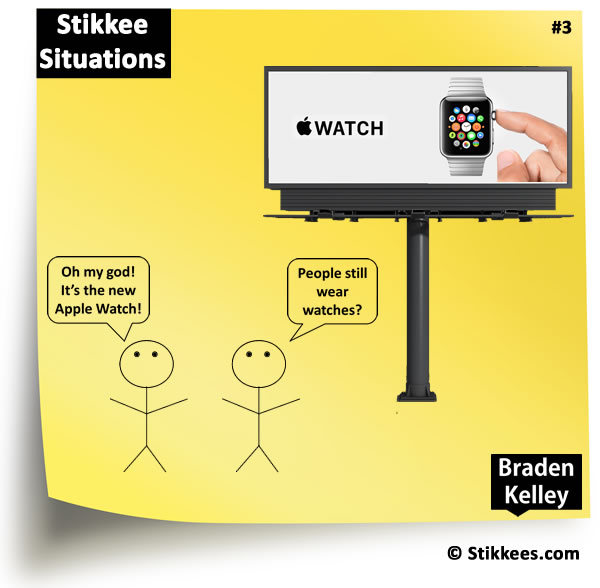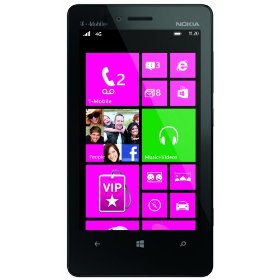
GUEST POST from Chateau G Pato
The retail industry is constantly evolving, and recent years have seen a significant shift towards experiential shopping and personalized experiences. In an era where e-commerce is dominating, retailers have realized the importance of creating unique and memorable experiences that cannot be replicated online. By incorporating technology, customization, and interactive elements, retailers are re-imagining the traditional shopping experience and connecting with customers on a deeper level.
One of the key drivers behind the rise of experiential shopping is the desire for authenticity and connection. Customers no longer want to simply buy a product; they want to feel a genuine connection with the brand and the story behind it. This shift is evident in the success of retail spaces that prioritize storytelling and create immersive experiences for customers.
Case Study 1 – Samsung 837 Store
A prime example of this is the Samsung 837 store in New York City. Rather than being a traditional retail store, Samsung 837 is a three-story experience center that showcases the brand’s latest products and innovations. Customers are invited to interact with and test out the products in various experiential zones, such as the Virtual Reality Tunnel and the 4D VR Theater. Additionally, the store hosts regular events, workshops, and performances, creating a sense of community and excitement around the brand. By focusing on creating an immersive and interactive experience, Samsung has successfully transformed the traditional retail space into a destination that customers actively seek out.
Case Study 2 – Nike Flagship Store
Another successful case study in experiential shopping is the Nike flagship store in New York City’s Soho neighborhood. The store features a range of interactive elements that engage customers and encourage them to personalize their shopping experience. For example, the Nike By You Studio allows customers to design and customize their own sneakers, creating a one-of-a-kind product that is unique to them. The store also includes a Nike+ Trial Zone, where customers can test out products on an indoor basketball court, a soccer field, or a treadmill. These interactive experiences not only create a memorable shopping experience for customers but also allow them to engage with the brand in a deeper and more meaningful way.
Personalization is another key aspect of the future of retail. With advances in technology, retailers can now collect and analyze vast amounts of customer data, allowing them to tailor the shopping experience to individual preferences and needs. This personalized approach not only enhances the customer experience but also increases customer loyalty and drives sales.
Amazon is a prime example of a retailer that has successfully leveraged personalization in its shopping experience. Its recommendation engine analyzes a customer’s browsing and purchase history to provide personalized product recommendations. Additionally, Amazon’s Dash Buttons enable customers to quickly reorder commonly used items with the push of a button. By understanding and anticipating customer needs, Amazon has created a seamless and personalized shopping experience that keeps customers coming back.
Conclusion
The future of retail lies in experiential shopping and personalized experiences. By creating immersive and interactive spaces, retailers can forge genuine connections with customers and create a sense of excitement and community. Additionally, by leveraging customer data and technology, retailers can personalize the shopping experience and cater to individual preferences. As the retail landscape continues to evolve, it is clear that the traditional shopping experience is being transformed into a holistic and personalized journey.
Bottom line: Futurology is not fortune telling. Futurists use a scientific approach to create their deliverables, but a methodology and tools like those in FutureHacking™ can empower anyone to engage in futurology themselves.
Image credit: Pexels
![]() Sign up here to get Human-Centered Change & Innovation Weekly delivered to your inbox every week.
Sign up here to get Human-Centered Change & Innovation Weekly delivered to your inbox every week.


 While most people are focused on what the new Apple iPhone 6 hardware might look like and what new gizmos it might have, the real killer app for Apple’s latest refresh of their flagship mobile device will be an App and a little tiny NFC chipset.
While most people are focused on what the new Apple iPhone 6 hardware might look like and what new gizmos it might have, the real killer app for Apple’s latest refresh of their flagship mobile device will be an App and a little tiny NFC chipset.
 A few weeks ago I was fortunate enough to receive a shiny new Nokia Lumia 810 in the mail courtesy of Nokia USA. This was very welcome because I’ve been subjected to what I can only describe as a technology torture inflicted upon me for more than a year by a horribly designed Samsung Galaxy S. So anything would have been a step up, but so far the Nokia Lumia 810 has been a BIG step up.
A few weeks ago I was fortunate enough to receive a shiny new Nokia Lumia 810 in the mail courtesy of Nokia USA. This was very welcome because I’ve been subjected to what I can only describe as a technology torture inflicted upon me for more than a year by a horribly designed Samsung Galaxy S. So anything would have been a step up, but so far the Nokia Lumia 810 has been a BIG step up.